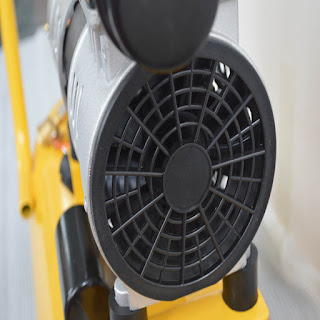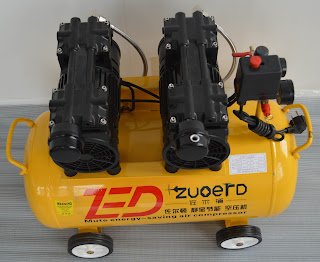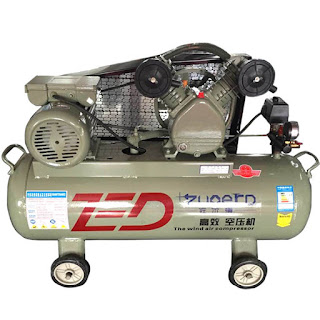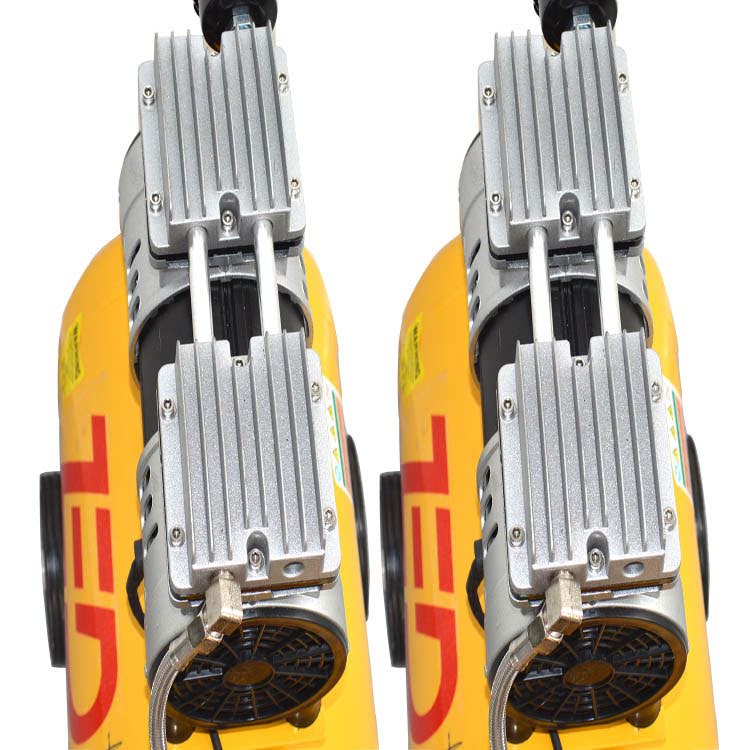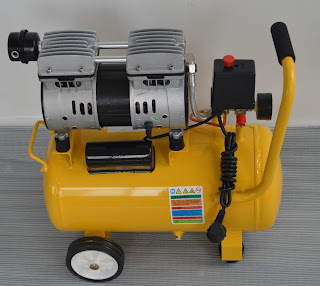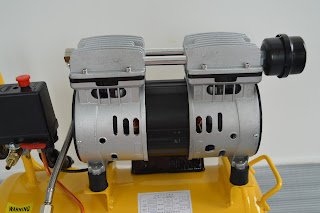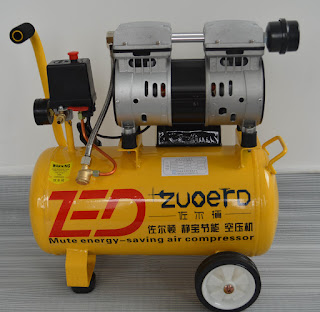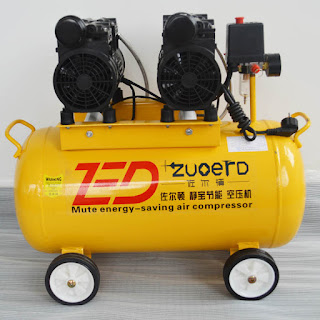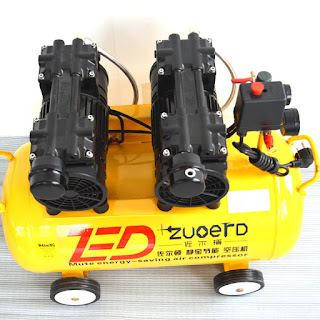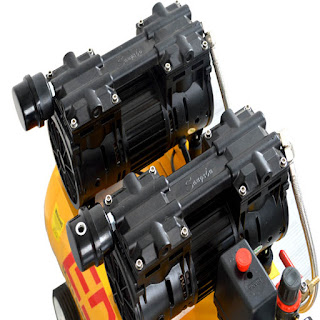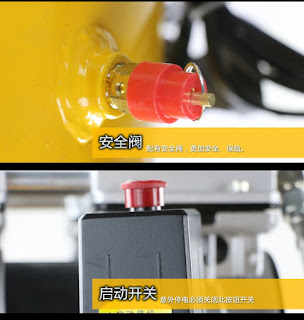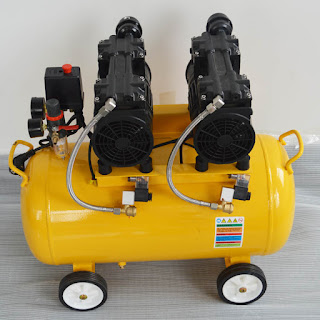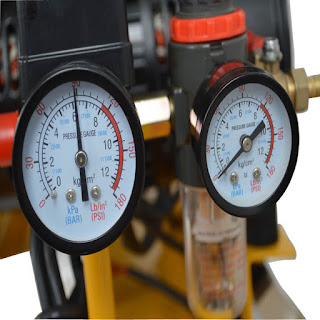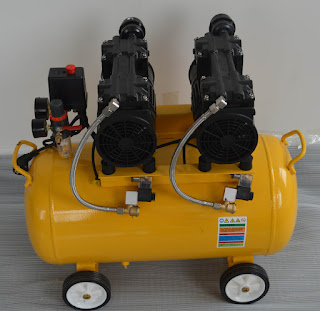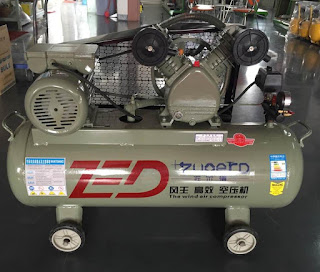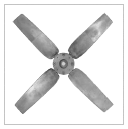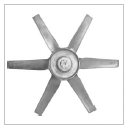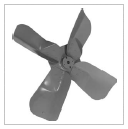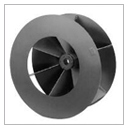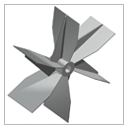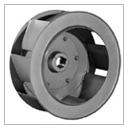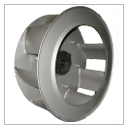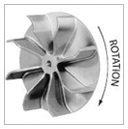The air filter installation should pay attention to what matters?
(1) The working pressure must not exceed the maximum pressure indicated by the filter.
(2) filters are generally installed after the after cooler and the gas tank, as close as possible to the point of use, and the lowest temperature point.
(3) The filter should be installed after the quick opening valve and prevent reflux and impact of the phenomenon.
(4) The filter should be mounted vertically, with sufficient space to replace the filter at the bottom.
(5) the larger filter in the pipeline should be properly supported.
(2) filters are generally installed after the after cooler and the gas tank, as close as possible to the point of use, and the lowest temperature point.
(3) The filter should be installed after the quick opening valve and prevent reflux and impact of the phenomenon.
(4) The filter should be mounted vertically, with sufficient space to replace the filter at the bottom.
(5) the larger filter in the pipeline should be properly supported.
Extensive use of the air compressor
Years ago, it was common for shops to have a central power source that drove all the tools through a system of belts, wheels and drive shafts. The power was routed around the work space by mechanical means. While the belts and shafts may be gone, many shops still use a mechanical system to move power around the shop. It's based on the energy stored in air that's under pressure, and the heart of the system is the air compressor.
You'll find air compressors used in a wide range of situations—from corner gas stations to major manufacturing plants. And, more and more, air compressors are finding their way into home workshops, basements and garages. Models sized to handle every job, from inflating pool toys to powering tools such as nail guns, sanders, drills, impact wrenches, staplers and spray guns are now available through local home centers, tool dealers and mail-order catalogs.
The big advantage of air power is that each tool doesn't need its own bulky motor. Instead, a single motor on the compressor converts the electrical energy into kinetic energy. This makes for light, compact, easy-to-handle tools that run quietly and have fewer parts that wear out.
